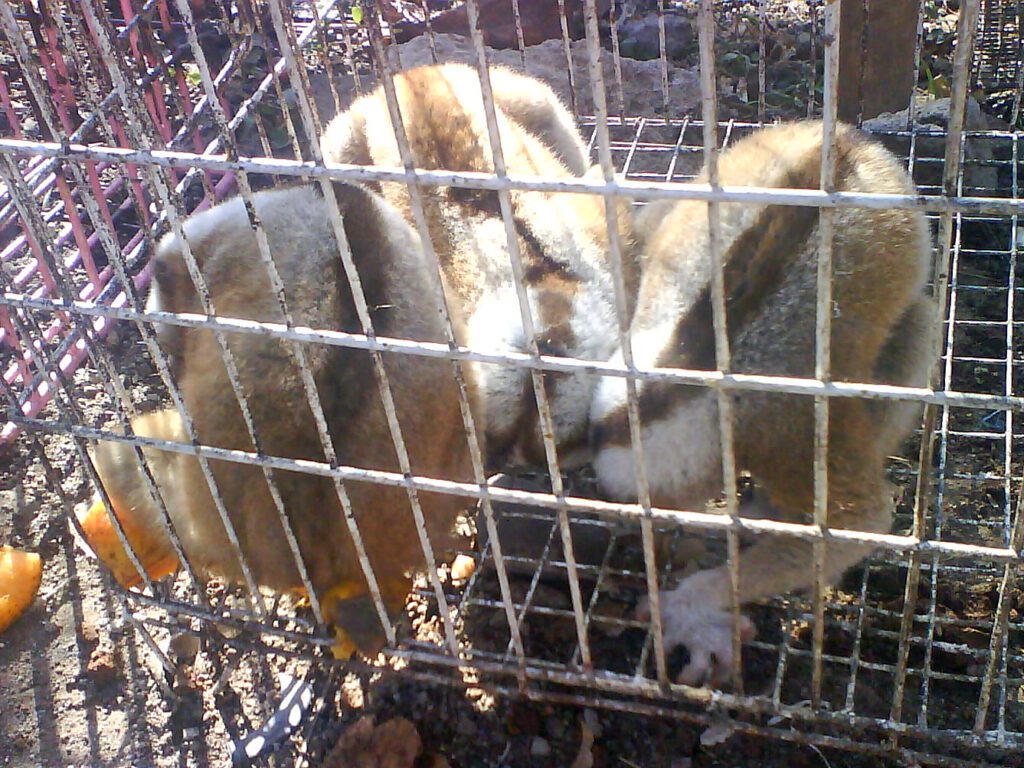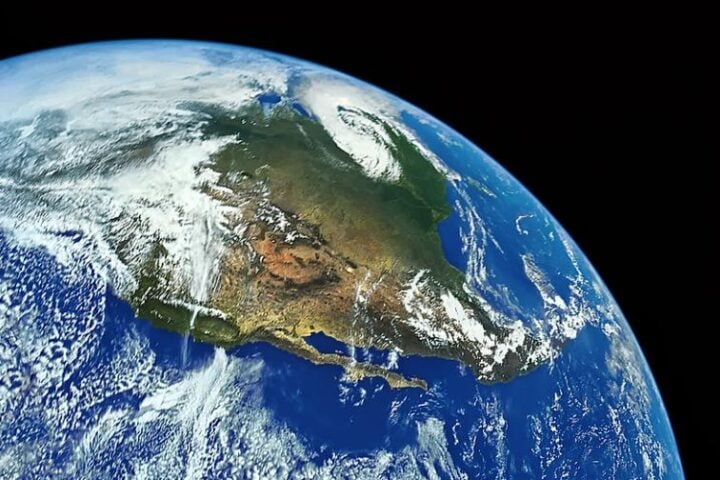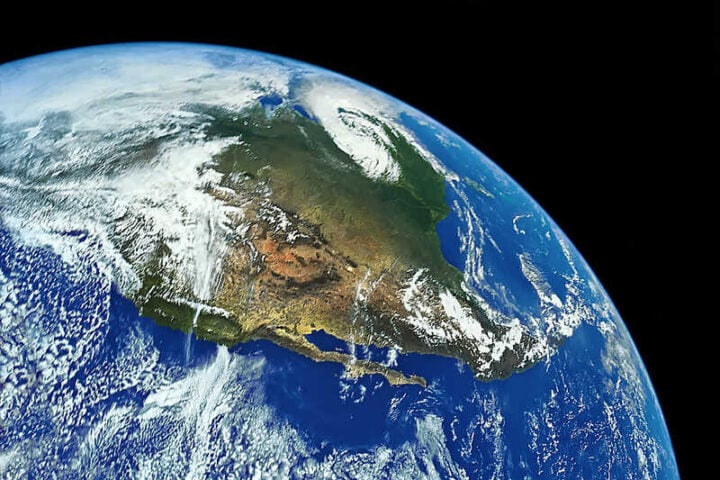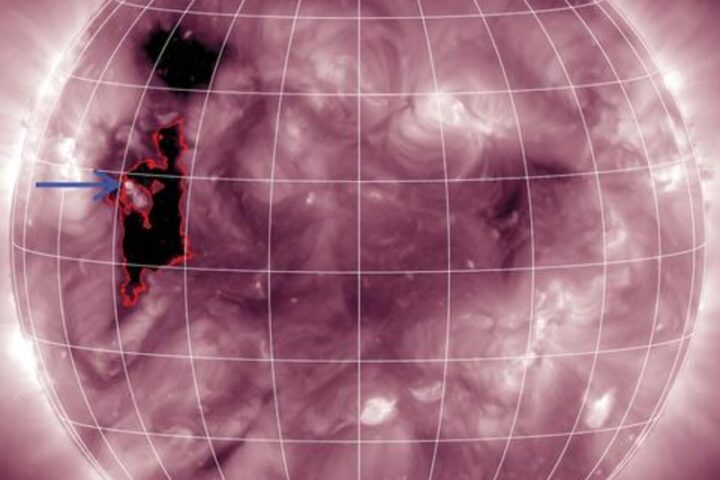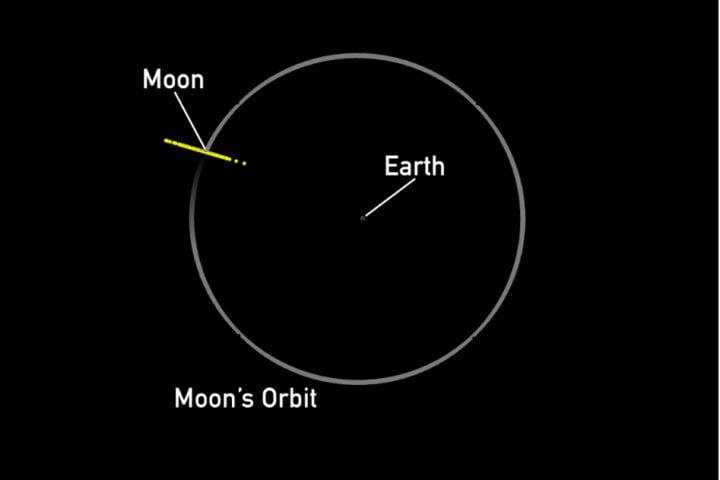As humanity inches closer to becoming an interstellar civilization, the reality of space traffic becomes increasingly significant. In the vast expanse of cosmos, one might assume plenty of room for maneuvering. However, recent reports from SpaceX suggest a different, more complex narrative.The groundbreaking Starling mission, a collaboration between NASA and SpaceX, aims to test autonomous cooperation and collision avoidance among robotic satellites. Launching four CubeSats into Earth’s orbit, this mission paves the way for exploring advanced swarm technologies and setting new norms for space traffic management. However, with SpaceX’s Starlink satellite constellation reporting over 25,000 collision avoidance maneuvers in six months, the task is more challenging than ever.
The Starlink network’s rapidly increasing maneuver load mirrors the exponential growth of spacecraft launching into orbit. Between December 2022 and May 2023, an average of 137 course adjustments per day, or one every ten minutes, was necessary to prevent potential collisions. The daunting trajectory indicates that the Starlink satellites would need to perform nearly a million maneuvers every half year by 2028 to maintain operational safety.
The need for such frequent adjustments is alarming. The unprecedented growth of maneuvers paints a daunting picture of orbital congestion. As the cosmos starts resembling a rush-hour highway, questions arise concerning the long-term sustainability and safety of such orbital operations.
Similar Post
However, this critical situation offers an opportunity for advancement. With SpaceX’s Starlink satellites and NASA’s Starling CubeSats set to test advanced collision avoidance technology, the solution may lie within autonomous cooperation. Utilizing swarm technologies, these satellites will operate as cohesive groups, communicating through a Mobile Ad-hoc Network (MANET), and maintaining their formations through onboard software and sensors.
This novel approach holds promise but is not without its challenges. Autonomous cooperation amongst robotic satellites requires an intricate balance between rapid responsiveness and strategic planning, all whilst travelling at speeds unfathomable on Earth. Moreover, the incorporation of technologies like the Distributed Spacecraft Autonomy (DSA) will be crucial for data collection and analysis during these cooperative operations.
The success of such a mission could unlock the potential of deep space exploration and provide a model for managing burgeoning space traffic. It may also present a more efficient way of monitoring the Earth’s environment, enhancing network resilience, and ensuring an autonomous response to environmental changes.
However, while the collaboration between NASA and SpaceX, two titans in space exploration, is inspiring, it also reveals an urgent need to address the question of space regulation and safety protocols. The critical issues extend beyond technological advancements. As space becomes more accessible to private corporations and international entities, it is essential to establish clear, universal rules for orbital operations.
As this new era of space exploration unfolds, the challenge lies in harmonizing technological innovation with sustainable practices. Space, though vast, is a shared resource, and ensuring its accessibility for future generations requires responsible stewardship today. The Starling mission, with its ambitious goals and high stakes, embodies this reality.
The stars have always guided humanity, inspiring us to dream, explore, and innovate. With the Starling mission, we are on the precipice of a new era, using the stars not just for guidance, but also for connection. Amid these exciting advancements, we must not forget the lessons from our terrestrial life – the importance of cooperation, careful planning, and respect for shared spaces. As we take our next giant leap into the cosmos, let these principles guide us towards a sustainable future in space.


